- Home
- Articles
- Architectural Portfolio
- Architectral Presentation
- Inspirational Stories
- Architecture News
- Visualization
- BIM Industry
- Facade Design
- Parametric Design
- Career
- Landscape Architecture
- Construction
- Artificial Intelligence
- Sketching
- Design Softwares
- Diagrams
- Writing
- Architectural Tips
- Sustainability
- Courses
- Concept
- Technology
- History & Heritage
- Future of Architecture
- Guides & How-To
- Art & Culture
- Projects
- Interior Design
- Competitions
- Jobs
- Store
- Tools
- More
- Home
- Articles
- Architectural Portfolio
- Architectral Presentation
- Inspirational Stories
- Architecture News
- Visualization
- BIM Industry
- Facade Design
- Parametric Design
- Career
- Landscape Architecture
- Construction
- Artificial Intelligence
- Sketching
- Design Softwares
- Diagrams
- Writing
- Architectural Tips
- Sustainability
- Courses
- Concept
- Technology
- History & Heritage
- Future of Architecture
- Guides & How-To
- Art & Culture
- Projects
- Interior Design
- Competitions
- Jobs
- Store
- Tools
- More
Rayon Design Software: Revolutionizing Creativity and Collaboration in AEC Industry
Discover how Rayon design software is revolutionizing the AEC industry with its advanced features like parametric tools, AI-powered automation, and sustainable design solutions. From enhancing creativity to streamlining workflows, Rayon empowers designers, architects, and engineers to innovate, collaborate, and build smarter, greener projects with ease.
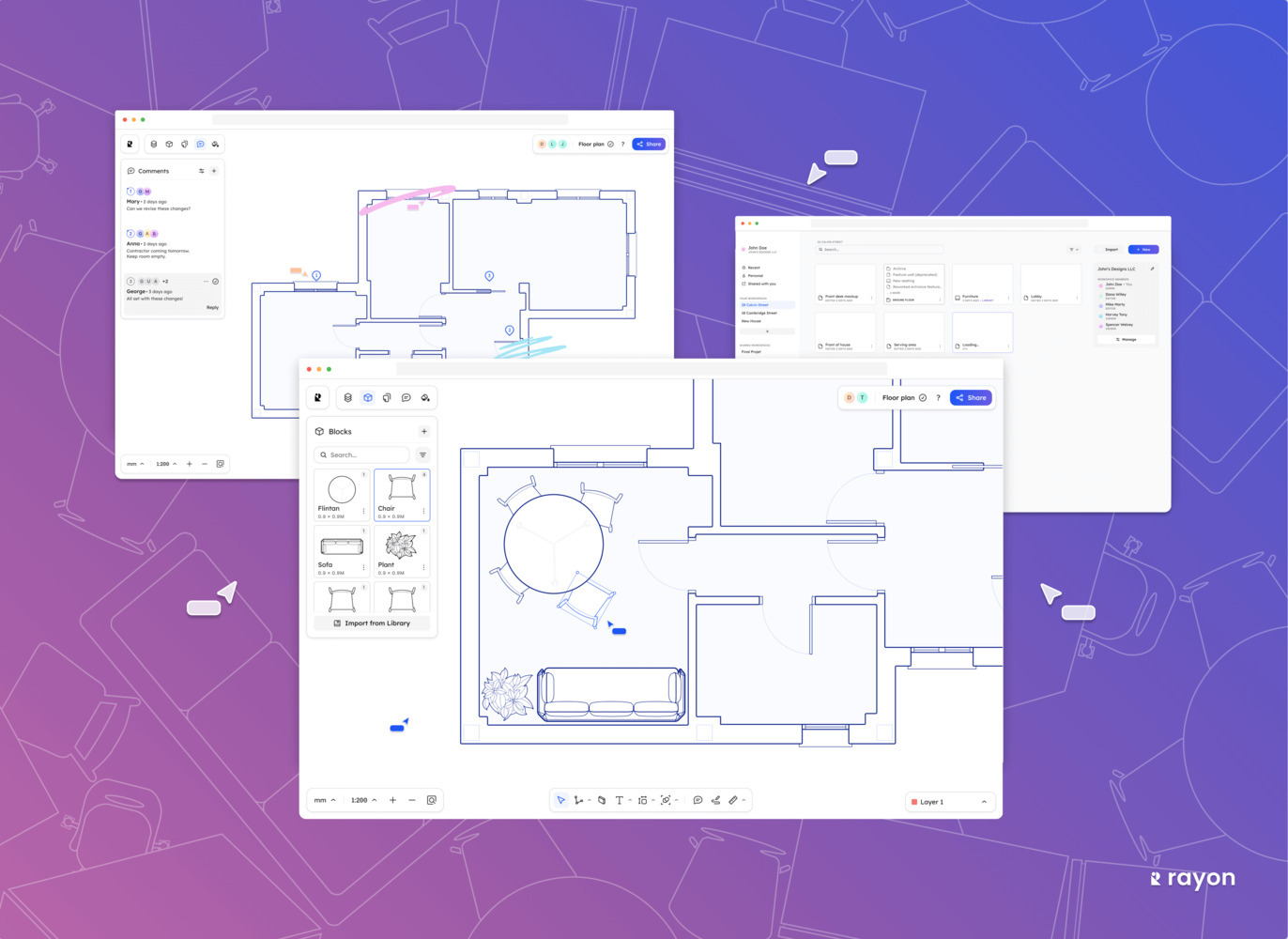
Designing has come a long way, and with the rise of cutting-edge tools, we’re now able to bring our creative visions to life faster than ever. Rayon design software is a game-changer in this space, offering innovative solutions that streamline the design process while enhancing precision and creativity. Whether we’re crafting intricate patterns or working on large-scale projects, this software is redefining what’s possible.
What sets Rayon apart is its ability to cater to both seasoned designers and newcomers alike. It’s not just about creating visually stunning designs; it’s about doing so efficiently and intuitively. As we explore the features and benefits of Rayon design software, we’ll uncover how it’s shaping the future of design and empowering us to push boundaries like never before.
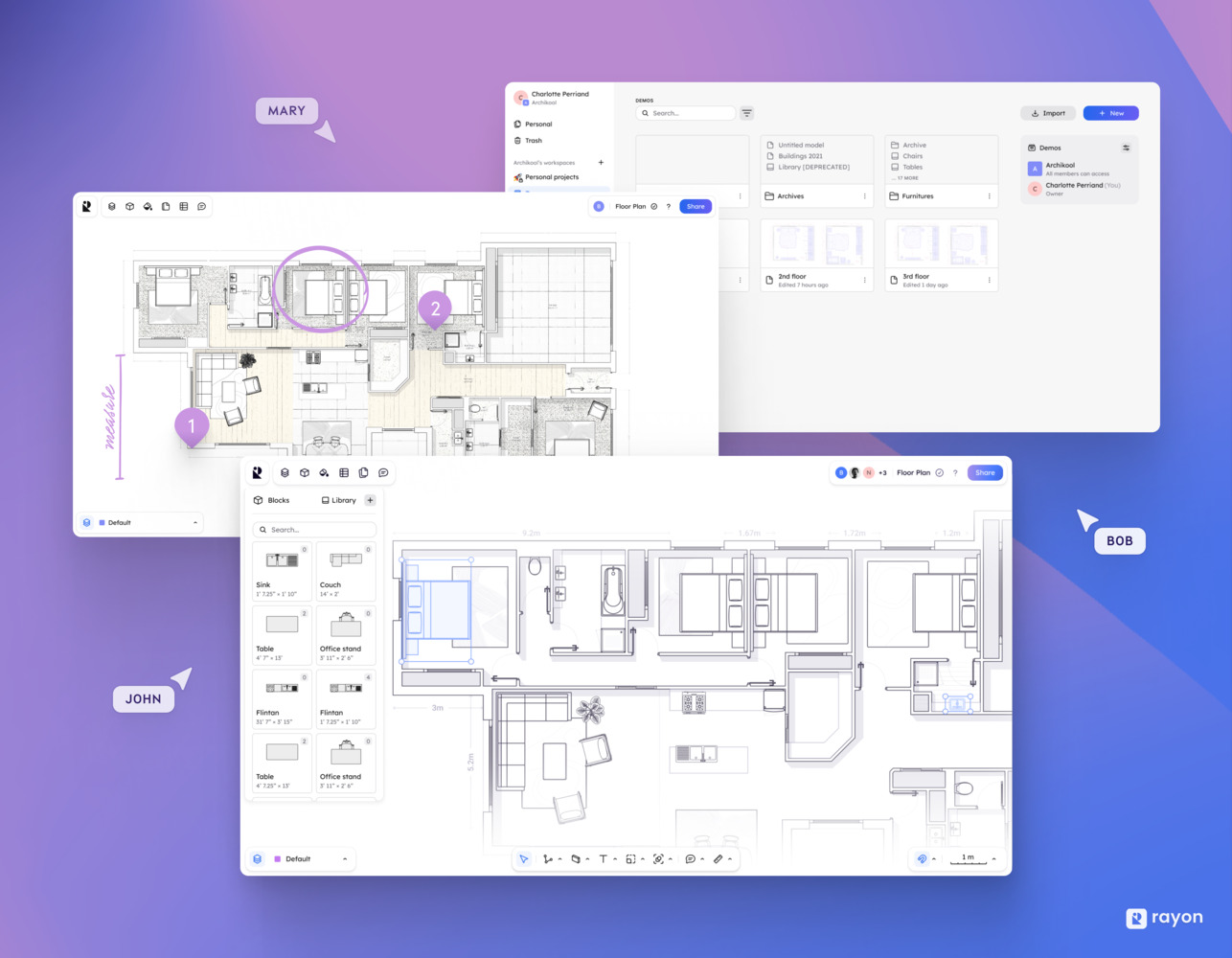
Table of Contents
ToggleWhat Makes Rayon Unique in the AEC Sector?
Rayon stands out in the AEC sector due to its intuitive interface and advanced capabilities. It simplifies complex design processes, allowing architects and engineers to focus on innovation instead of technical challenges.
Key Features
- Parametric Tools: Users can create adaptable designs by modifying parameters like dimensions or materials, ensuring flexibility across various projects.
- Seamless Collaboration: Rayon’s multi-user environment allows real-time collaboration, reducing delays in decision-making for design teams.
- Cloud Integration: With cloud-based storage, users can access project files securely from anywhere, enhancing workflow efficiency.
Benefits for AEC Professionals
- Time Savings: Automated processes in Rayon minimize manual drafting, saving hundreds of hours annually.
- Accuracy Boost: Rayon enhances accuracy by auto-detecting errors in models, preventing costly project revisions.
- Scalability: Its tools adapt to both small-scale renovations and large commercial developments, making it versatile.
- Sustainable Design: Rayon supports LEED-compliant modeling, helping users meet sustainability goals.
- Urban Planning: Tools for site analysis and 3D visualization streamline urban development projects.
- Structural Engineering: Integrated load analysis ensures compliance with safety standards.
Rayon transforms AEC workflows by integrating innovation with practicality, setting it apart as a pivotal design software.

Tackling the “Culture of the Ordinary” in Urban Design
Urban design often falls into patterns of predictable and uninspired layouts, reflecting a “culture of the ordinary.” Rayon design software disrupts this trend by empowering designers to prioritize creativity and functionality. Its parametric tools allow us to explore unconventional forms, breaking free from the limitations of conventional templates.
Rayon enhances contextual analysis with integrated mapping features, ensuring designs respond dynamically to their environments. For example, real-time environmental data integration enables sustainable site planning tailored to local conditions. This functionality helps create urban landscapes that are both innovative and contextually relevant.
Collaboration features in Rayon encourage diverse input, preventing design monotony. Multi-user environments enable contributions from architects, urban planners, and engineers synchronously. This diversity ensures design solutions are innovative and reflect a range of perspectives.
Rayon’s 3D visualization capabilities provide clarity in conceptualizing bold urban projects. Users can experiment with varied designs, evaluate their impact on surroundings, and refine concepts before implementation. These tools reduce the reliance on safe, familiar designs while promoting ambitious, transformative projects.

How Rayon Embraces Emerging Technology Trends
Rayon integrates cutting-edge algorithms to enhance design processes. By leveraging artificial intelligence (AI), it automates repetitive tasks like error detection, significantly reducing manual workload. Machine learning (ML) capabilities analyze past projects, offering predictive insights for optimized workflows.
We incorporate advanced parametric modeling to adapt to changing project requirements effortlessly. This creates dynamic designs that evolve with real-time data, ensuring precision in complex scenarios. For example, Rayon’s tools adjust structural dimensions automatically as users alter design constraints.
Cloud-based collaboration accelerates teamwork in decentralized environments. By providing secure, real-time access to shared files, our platform ensures seamless synchronization across teams. This approach supports faster decision-making and boosts efficiency for large-scale design projects.
Sustainability features align with green building trends. Integrated simulation tools calculate energy consumption and optimize designs for renewable energy solutions. Designers can evaluate environmental impacts, making Rayon indispensable for eco-conscious projects.
Rayon’s immersive 3D visualization incorporates virtual reality (VR) for enhanced design presentations. Users can explore detailed models to identify potential improvements early. Augmented reality (AR) offers on-site project evaluation, bridging planning and construction seamlessly.
These innovative integrations reinforce Rayon’s position as a leader in design software. Its alignment with emerging technology trends supports professionals in staying competitive while achieving creative and sustainable outcomes.

Looking Ahead: Challenges and Opportunities
Rayon design software faces challenges as it adapts to a fast-evolving AEC industry, though these hurdles come with opportunities for growth. Rapid advancements in AI and ML demand constant updates to keep features relevant. Staying competitive means prioritizing innovation and anticipating user needs.
Adoption barriers remain for small firms. High upfront costs, limited technical expertise, and resistance to change could hinder widespread integration. Offering scalable pricing models, extensive training materials, and demonstrating tangible ROI can address these issues effectively.
Interoperability with other design tools is critical but complex. Ensuring seamless integration with widely-used platforms like AutoCAD or Revit requires robust APIs and ongoing development. By enhancing compatibility, Rayon can position itself as an indispensable solution in diverse workflows.
Opportunities lie in supporting emerging sectors. Industries like modular construction and prefabrication benefit from Rayon’s advanced parametric modeling and automation. Expanding partnerships with manufacturers and contractors could unlock new applications for the software.
Global urbanization trends amplify the demand for sustainable design tools. Rayon’s environmental analysis capabilities align perfectly with this need. Increasing awareness about these features can attract designers committed to energy-efficient and eco-conscious projects.
As decentralized work environments grow, the demand for cloud-led collaboration increases. By improving multi-user systems, enhancing security, and refining version control, Rayon can meet evolving demands in distributed teams managing complex projects across borders.
- AEC design revolution
- AEC industry innovation
- architectural collaboration software
- architecture and engineering collaboration
- Collaborative design software
- creative workflows in AEC
- creativity in AEC design
- Rayon design software
- Rayon design tools
- Rayon engineering solutions
- Rayon for architects
- Rayon for construction professionals
- Rayon software benefits
- Rayon software features
- Rayon technology in AEC
Submit your architectural projects
Follow these steps for submission your project. Submission FormLatest Posts
Best Architectural Software for Students in 2025
In 2025, digital tools aren’t just convenient — they’re essential to learning,...
Beginner’s Guide to Arcadium 3D: Your First Room Design in 5 Easy Steps
Designing a room used to mean wrestling with tape measures, mood boards,...
Architectural Design Software Tools for Student Design
Many architecture students want fast ways to explore ideas. Some of them...
Lumion 2024.3: It’s Time to Enhance Urban Visualization
With 5x faster video rendering, a remarkable improvement in material quality, and...


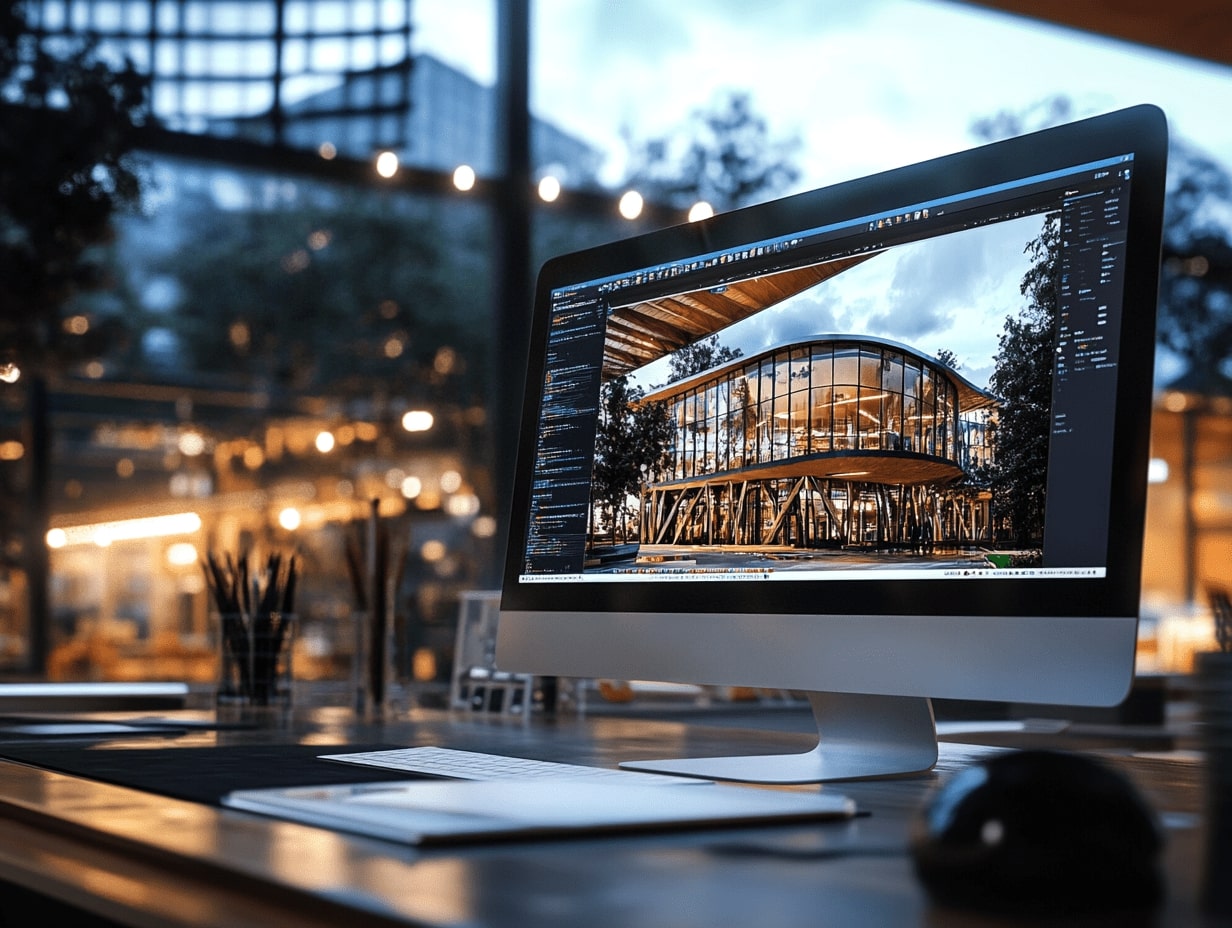




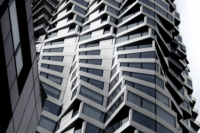

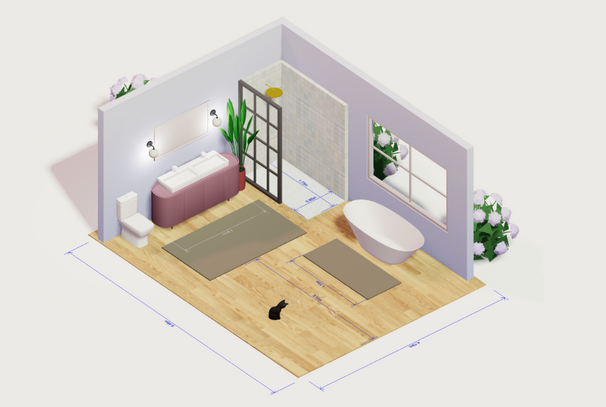
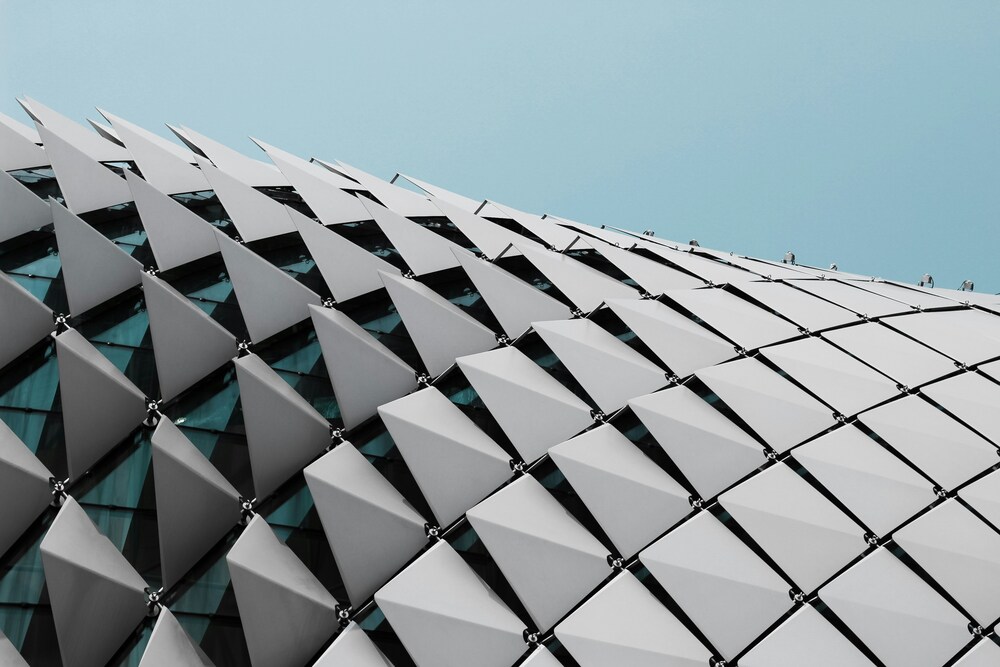
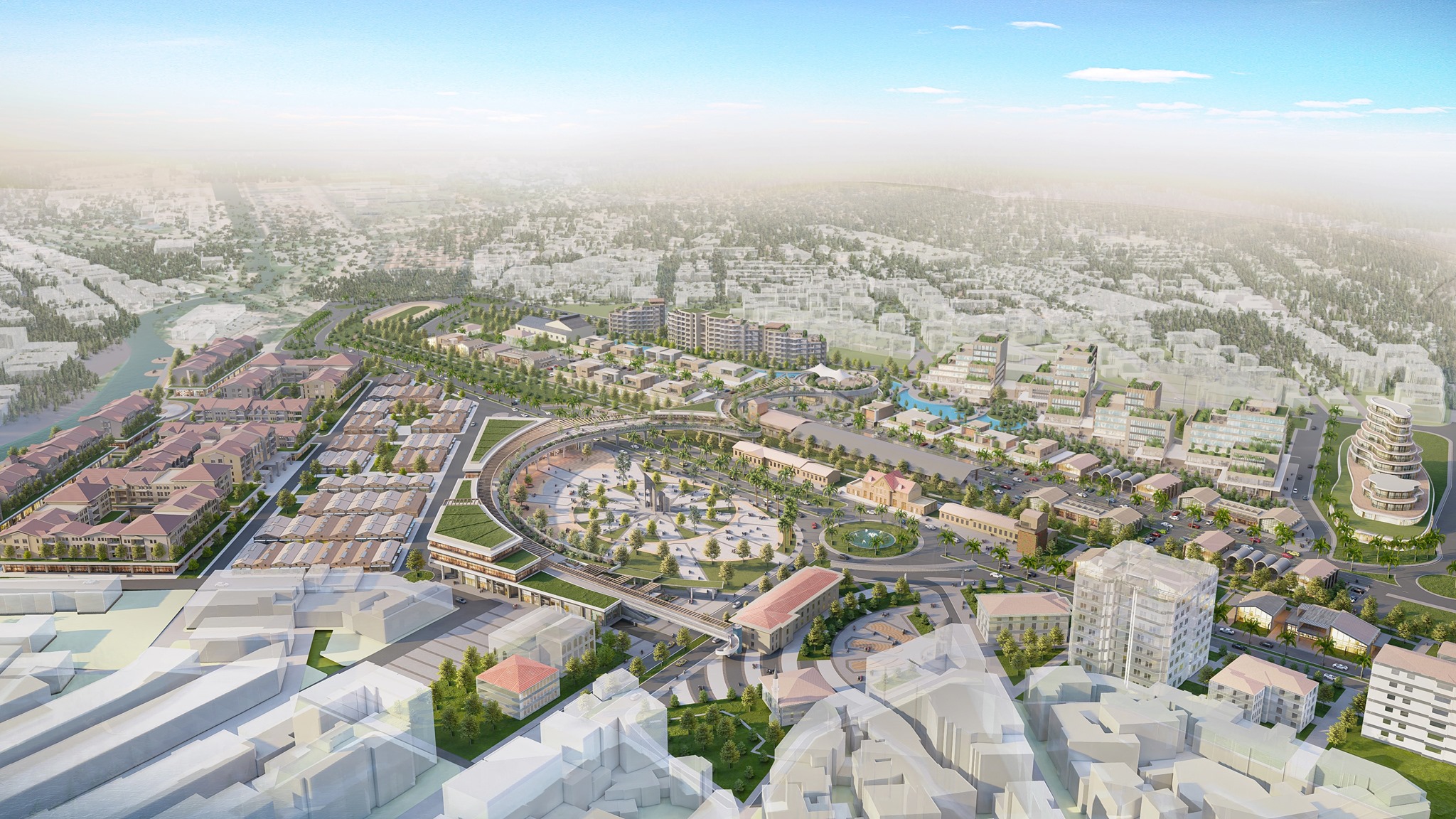
Leave a comment